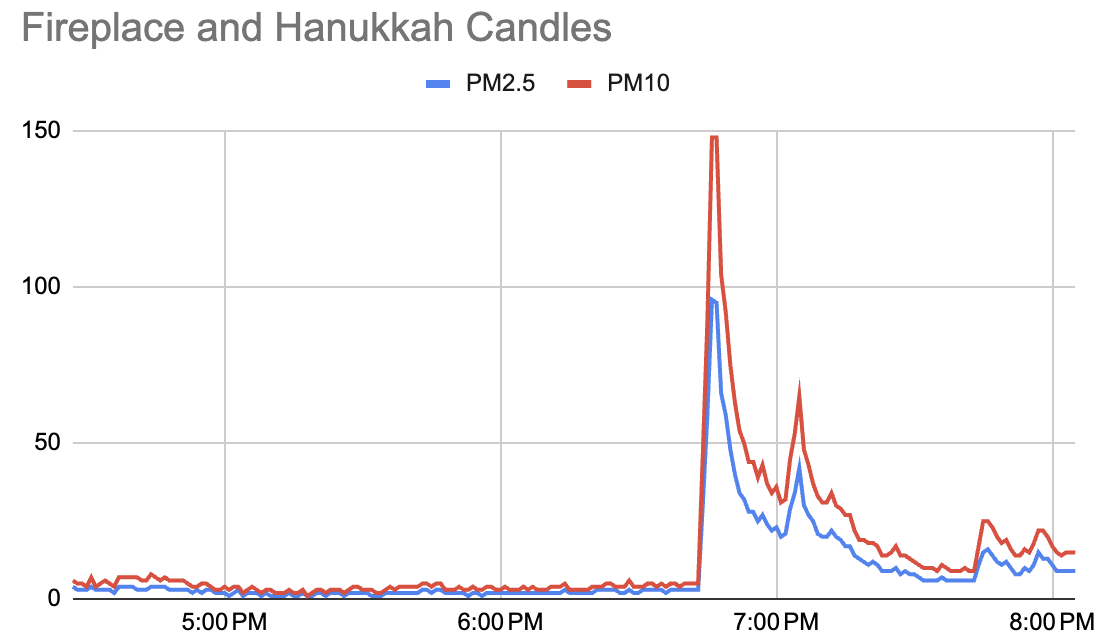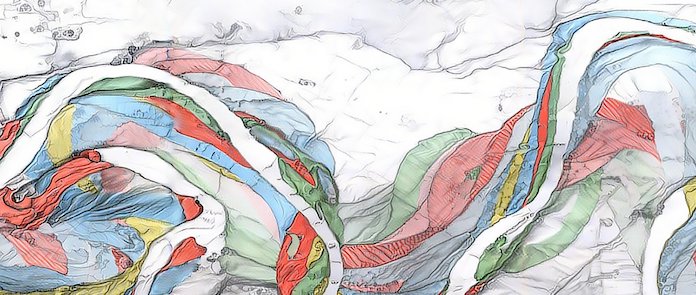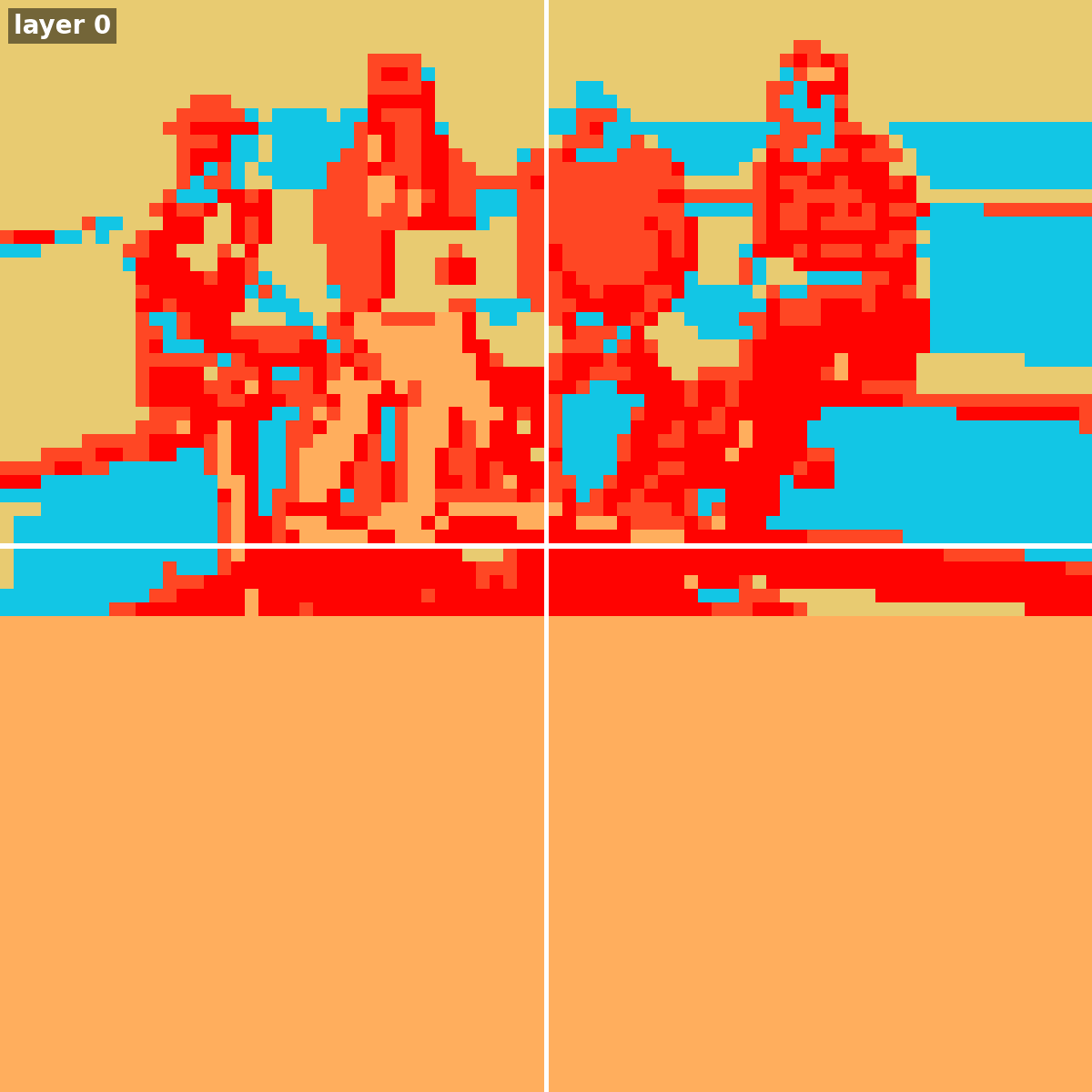The Pixel Aesthetic / Paradigm?
By Alex Hanson-White http://www.alexhw.com Last Updated: July 18, 2017 The information provided may be used for educational purposes as long as appropriate credit is given to the author.
This document serves as a place to put my observations related to pixel aesthetics. If you are already familiar with pixels, feel free to skip ahead to the next section.
The pixel is considered to be a square shaped block of colored light with equal sides and equal angles. These blocks are arranged side by side across a grid. Each coordinate on the grid represents a single pixel. The following image shows a grid illustrating how pixels are organized; each square represents one pixel.
Each pixel unit on a display device involves the use of small red, green, and blue lights, also referred to as sub-pixels, and their structure can vary. The following image shows how the red, green, and blue lights (sub-pixels) are structured for a liquid-crystal display (LCD) and cathode ray tube (CRT).
By altering the red, green, and blue values of these lights, the impression of color the pixel emits as a single unit will change. Additive color mixing of the red, green, and blue lights allows the addition of cyan, yellow, magenta, and white color to be observed in the pixel. Image (4) is an example of how these lights are organized on an LCD screen.













